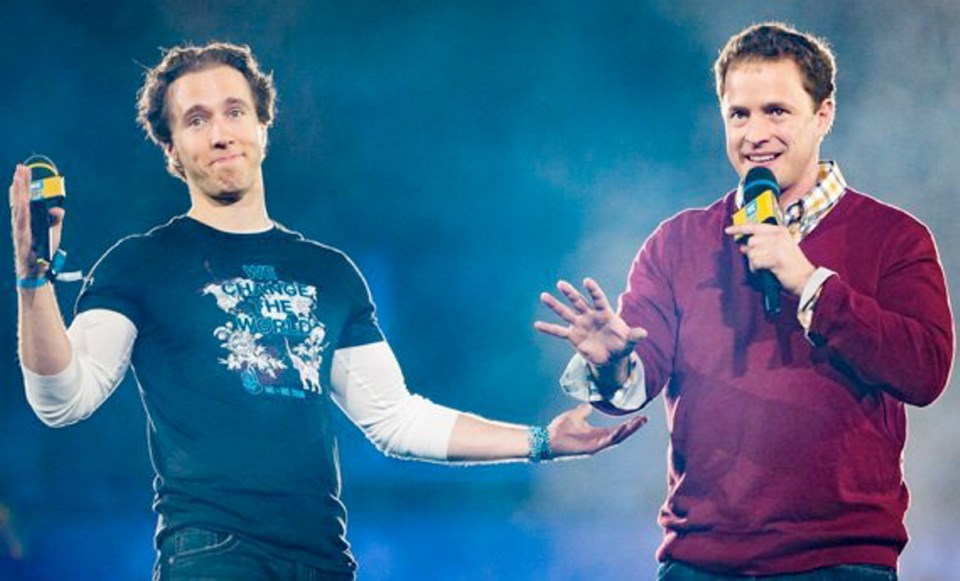What if we told you that you could simultaneously reduce poverty, counter radicalism, fight climate change, improve the health of entire communities and increase the global food supply? All of that, with just one investment.
That’s the power of girls’ education. Girls could be the world’s best bet.
Despite incredible progress over the past two decades, there are still 15 million primary-school-age girls who will never see the inside of a classroom. Closing that gender gap is the right thing to do. But beyond moral pleas for equality, there’s also a logical proposition here. The more researchers study the impact of equal education, the more they discover that girls have the power to shift the needle on some of our greatest global problems.
Educating girls can be an antidote to militancy and radicalism. In developing countries, the more education women have, the less likely they are to express support for terrorist groups such as the Taliban. Women’s support for radicals is statistically lower than men’s with the same level of education. University of Maryland researchers discovered this with a survey conducted in Pakistan.
As the world reels from devastating hurricanes and tornados (even in Ottawa), girls seem to be our greatest hope in the fight against climate change. When girls get an education, they have more influence over family and community actions, and are more likely to hold leadership positions to influence national policy. In their communities, countries and internationally, women are more likely to engage in measures for climate-change adaptation, and to support climate policies such as reducing carbon emissions and investing in renewable energy.
For every additional year of schooling that girls receive, their home country’s resilience to climate disasters also increases, according to a study by the Brookings Institution, a Washington public policy think-tank. And, the more women a country has in its legislature, the more likely that country is to join international environmental treaties. For women to get into politics, girls need to go to school.
Then there’s the medical value. The correlation between women’s education and healthier families has long been known. A study in Zambia found that girls who were educated beyond primary school were five times more likely to know how to prevent the transmission of HIV and AIDS. The study found that AIDS spreads twice as fast in populations where girls hadn’t received an education.
Education is the fertilizer that helps young minds grow — and helps food grow, too. Researchers in Kenya found that, in farm communities where women and men received equal education, crop yields were 22 per cent higher than in communities where girls did not go to school.
Think about all that: When you support a program or charity that sends girls to school, you’re also fighting terrorism, tackling climate change, slowing the spread of deadly diseases and increasing the global food supply. Now that’s what we call a return on investment.
That’s girl power.
Craig and Marc Kielburger are the co-founders of the WE movement, which includes WE Charity ME to WE Social Enterprise and WE Day.



